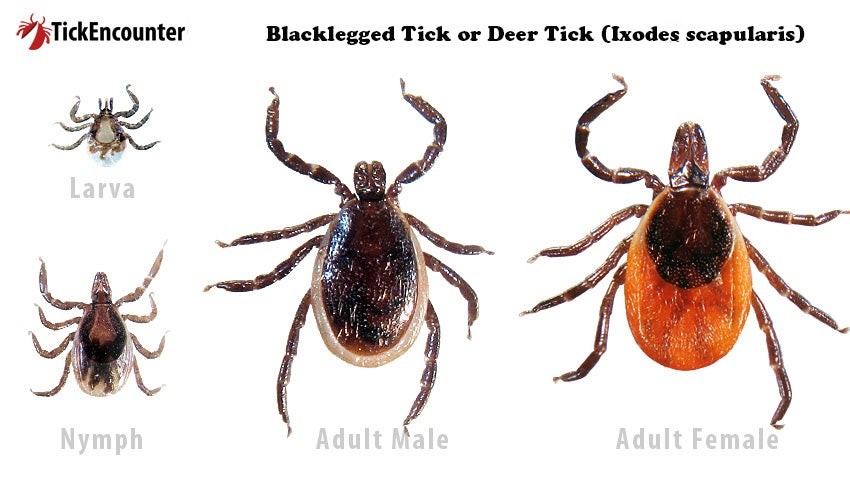Identifying ticks can be challenging because many species look alike, especially to the untrained eye. Furthermore, ticks are tiny creatures that change appearance throughout their life cycle, going through larval, nymph, and adult stages. An adult tick is only about the size of an apple seed, while nymphs resemble poppy seeds, and larvae are as small as grains of sand. When they feed, ticks become engorged with blood, further altering their appearance and making identification even more difficult.
It’s crucial to accurately identify ticks because different species can carry different pathogens that cause diseases. Knowing the type of tick that has bitten you or your pet is vital for assessing potential health risks. If you find a tick, saving it can be very helpful for healthcare providers or veterinarians if symptoms of a tick-borne illness develop.
In regions like Alaska, where tick populations are still being studied, identification is especially important. Submitting ticks to programs like the Alaska Submit-A-Tick Program aids in understanding local tick species and distribution. Learning to recognize common tick types can empower you to take proactive steps after a tick encounter.
Tick Identification Charts for Common Human-Biting Ticks in the United States
To help with identification, let’s look at some common human-biting ticks found in the United States. These visual guides highlight key features to differentiate between species.
The Black-legged Tick (Ixodes scapularis), also known as the Deer Tick, is recognized by its reddish-brown body and darker scutum (the shield-like plate behind the head). Females have a distinct orange-brown color behind the scutum. They are notorious for transmitting Lyme disease, anaplasmosis, and babesiosis.
The American Dog Tick (Dermacentor variabilis) is larger and more ornate than the deer tick. It has a brown body with whitish to yellowish markings on the scutum. Both males and females display these markings, though they are more pronounced in females. This tick is a primary vector for Rocky Mountain spotted fever and tularemia.
The Rocky Mountain Wood Tick (Dermacentor andersoni) is similar in appearance to the American dog tick, also having a decorated scutum. However, its overall coloration tends to be more brown to reddish-brown, and the ornamentation can appear more silvery-grey. It is known to transmit Rocky Mountain spotted fever, Colorado tick fever, and tularemia.
Understanding these visual differences is a starting point for tick identification. For more detailed information, resources like the TickEncounter Resource Center provide extensive guides.
Native Ticks in Alaska
Alaska is home to several native tick species that primarily feed on wildlife but can occasionally be found on domestic animals or humans. These include:
- Hare or Rabbit Tick (Haemaphysalis leporispalustris)
- Squirrel or Vole Tick (Ixodes angustus)
- Bird Ticks (Ixodes auritulus and Ixodes howelli)
- Seabird Ticks (Ixodes signatus and Ixodes uriae)
While less commonly encountered on humans than the ticks described above, awareness of these native species is important, particularly for those living in or traveling through Alaska.
Accurate tick identification is a valuable skill for protecting your health and your pets. If you are uncertain about a tick you have found, especially in areas like Alaska, consider submitting it to local programs for expert identification and consult with healthcare professionals if you develop any symptoms after a tick bite.
